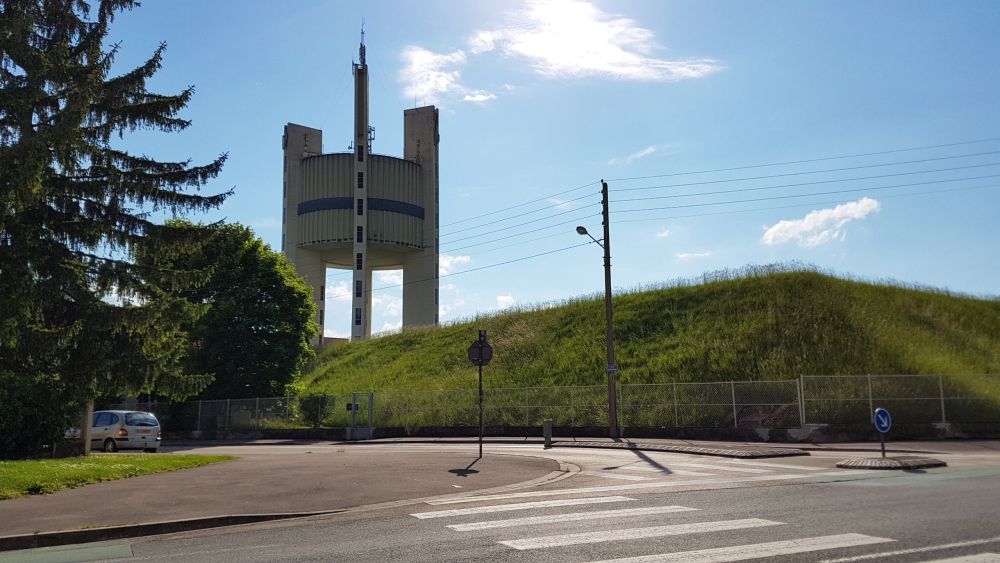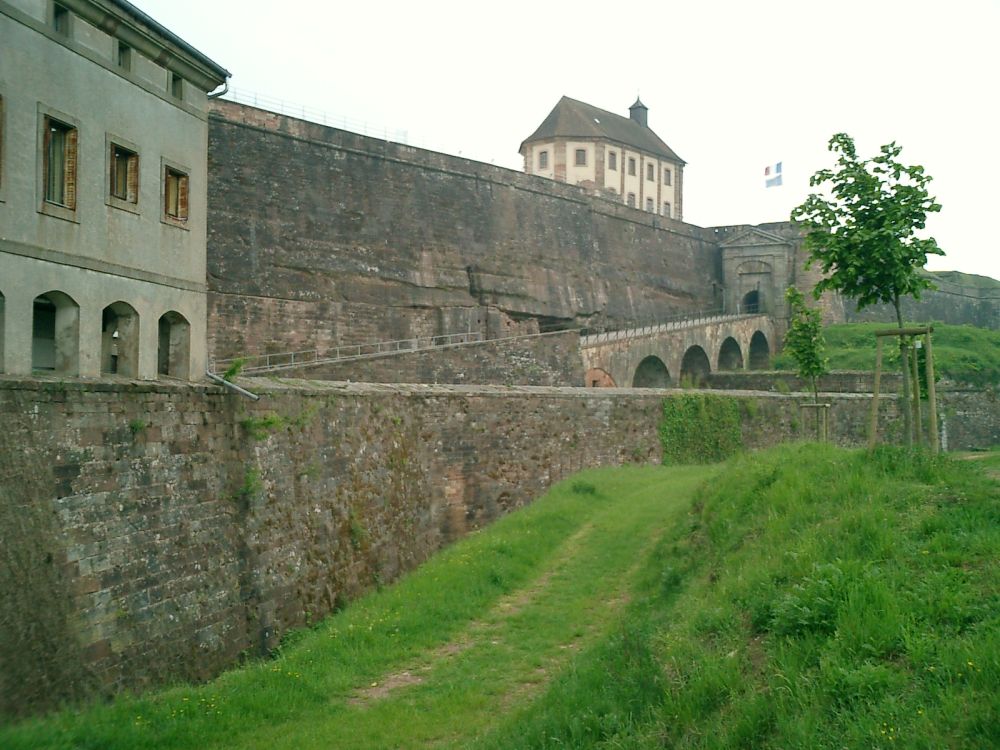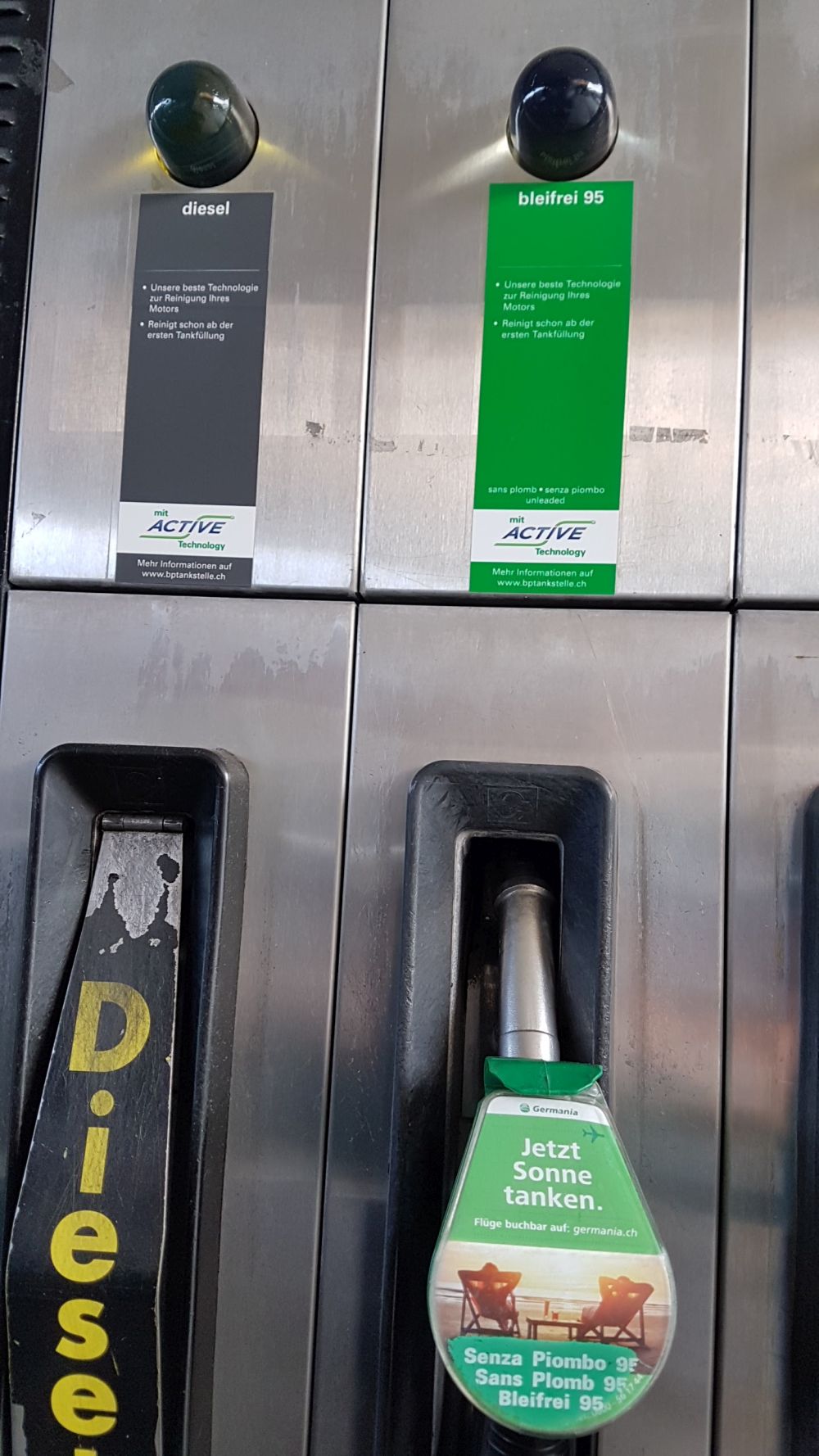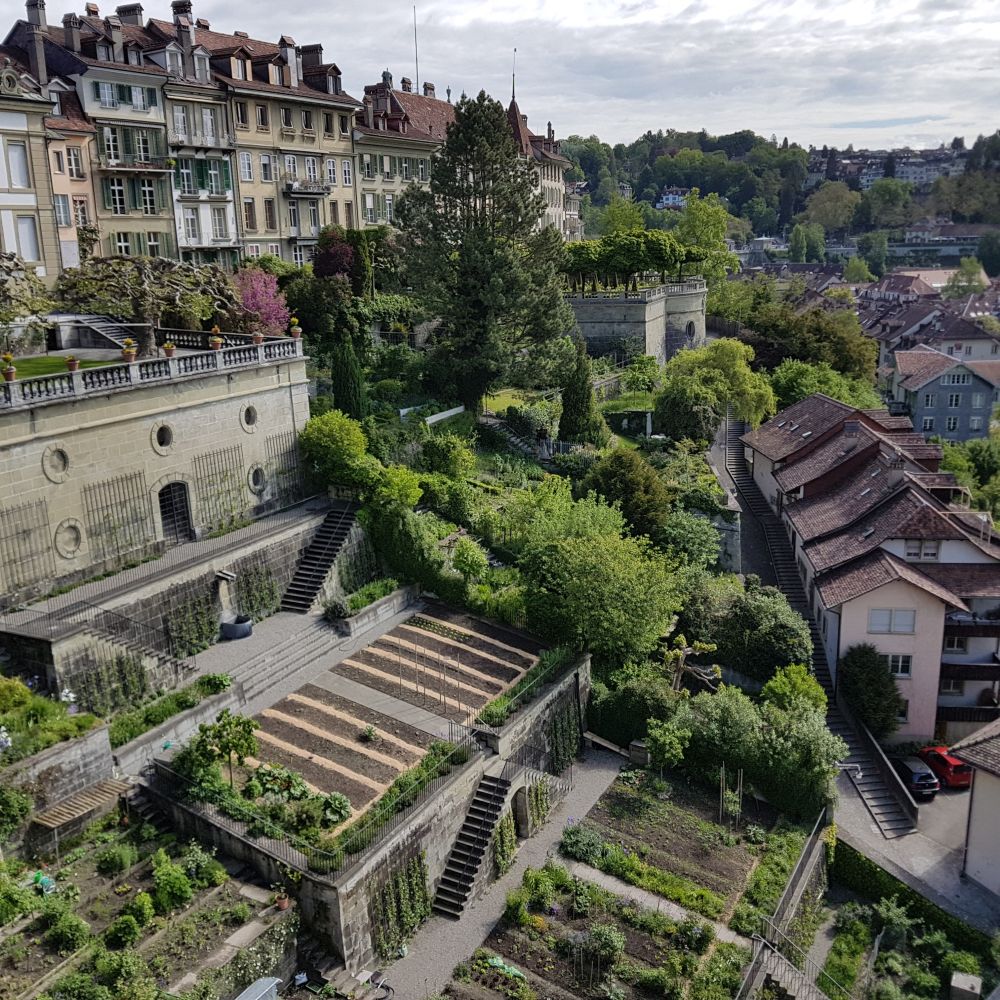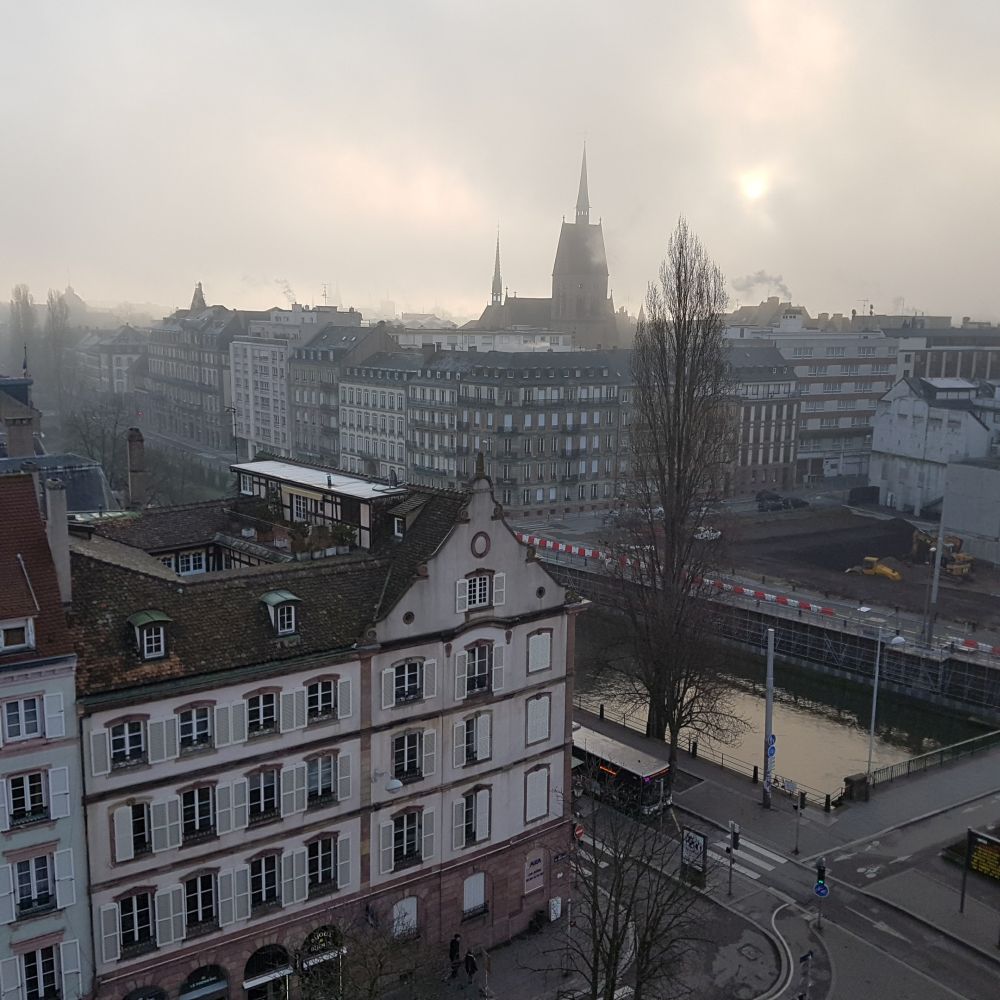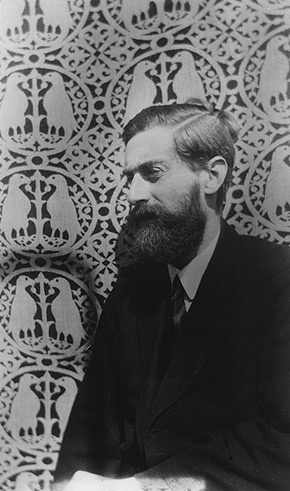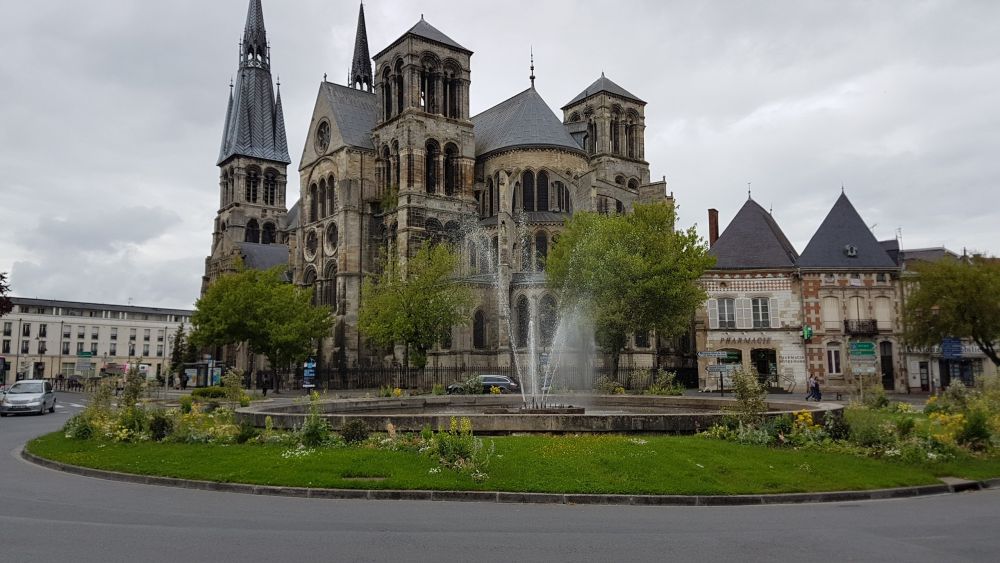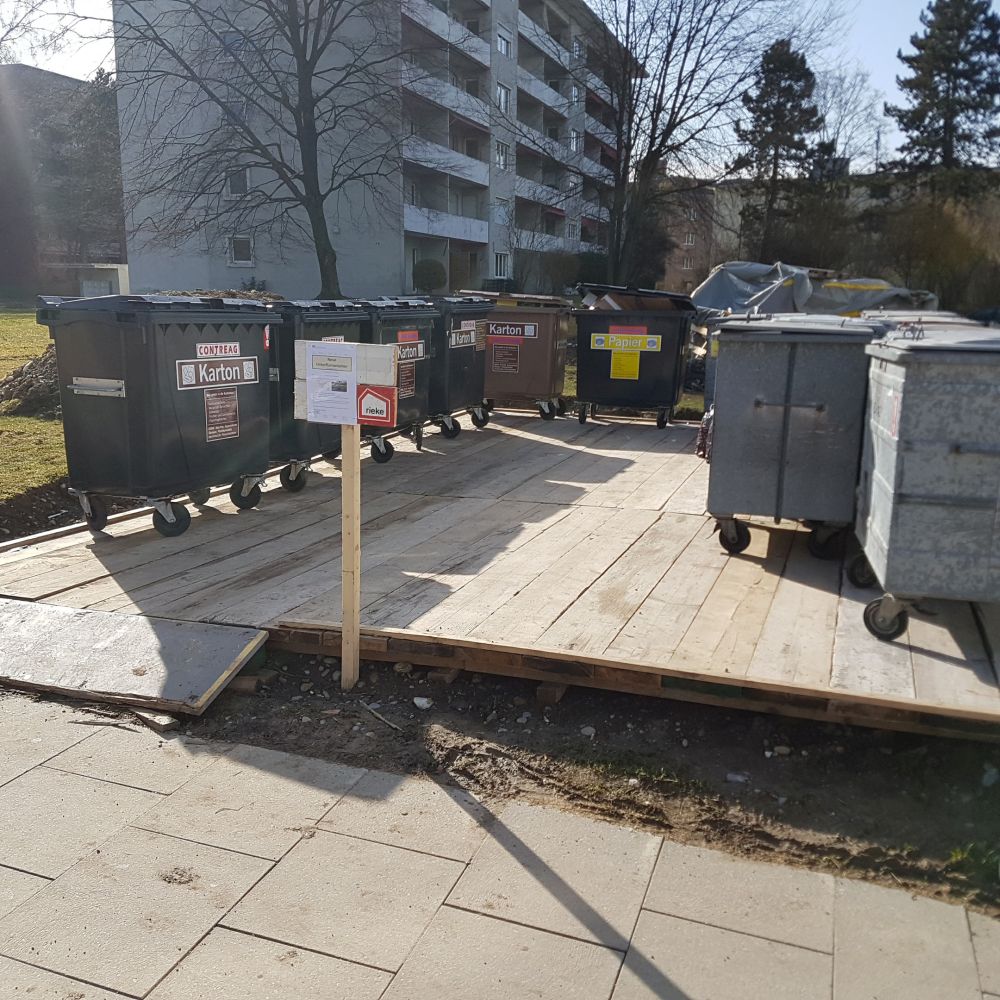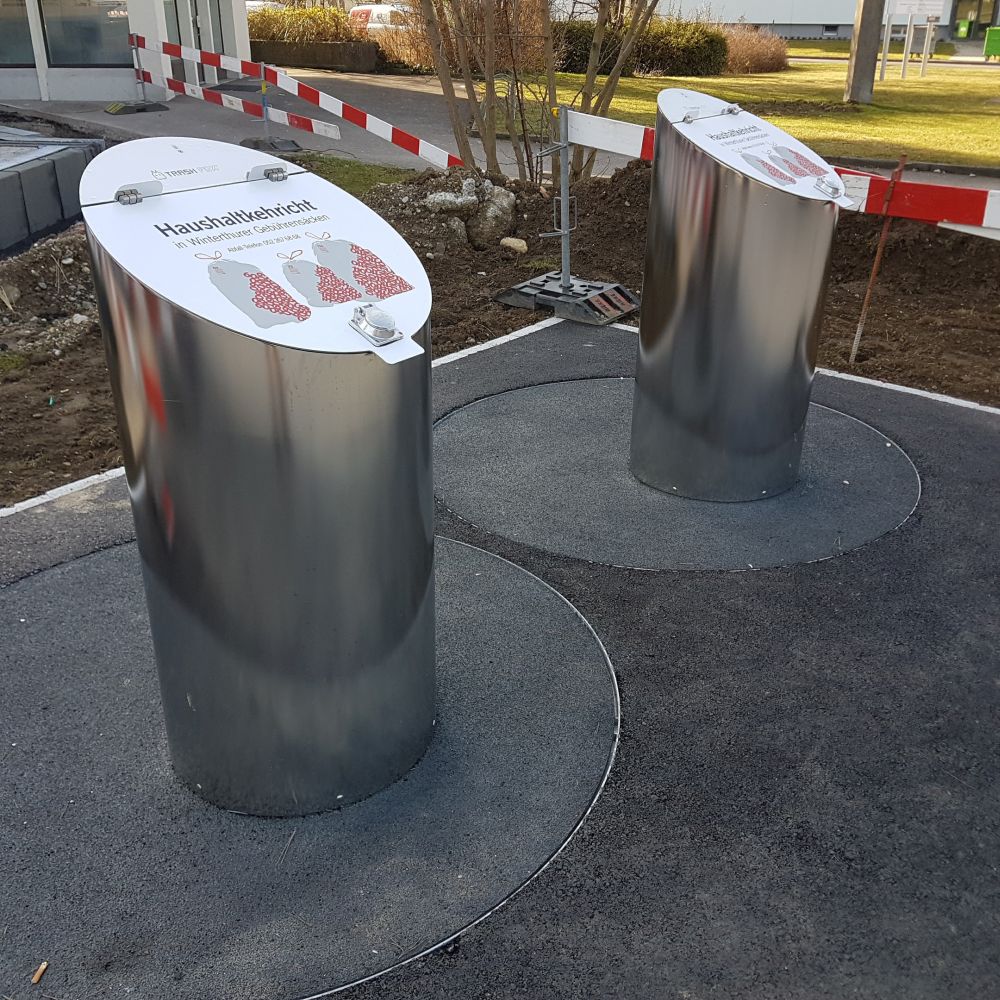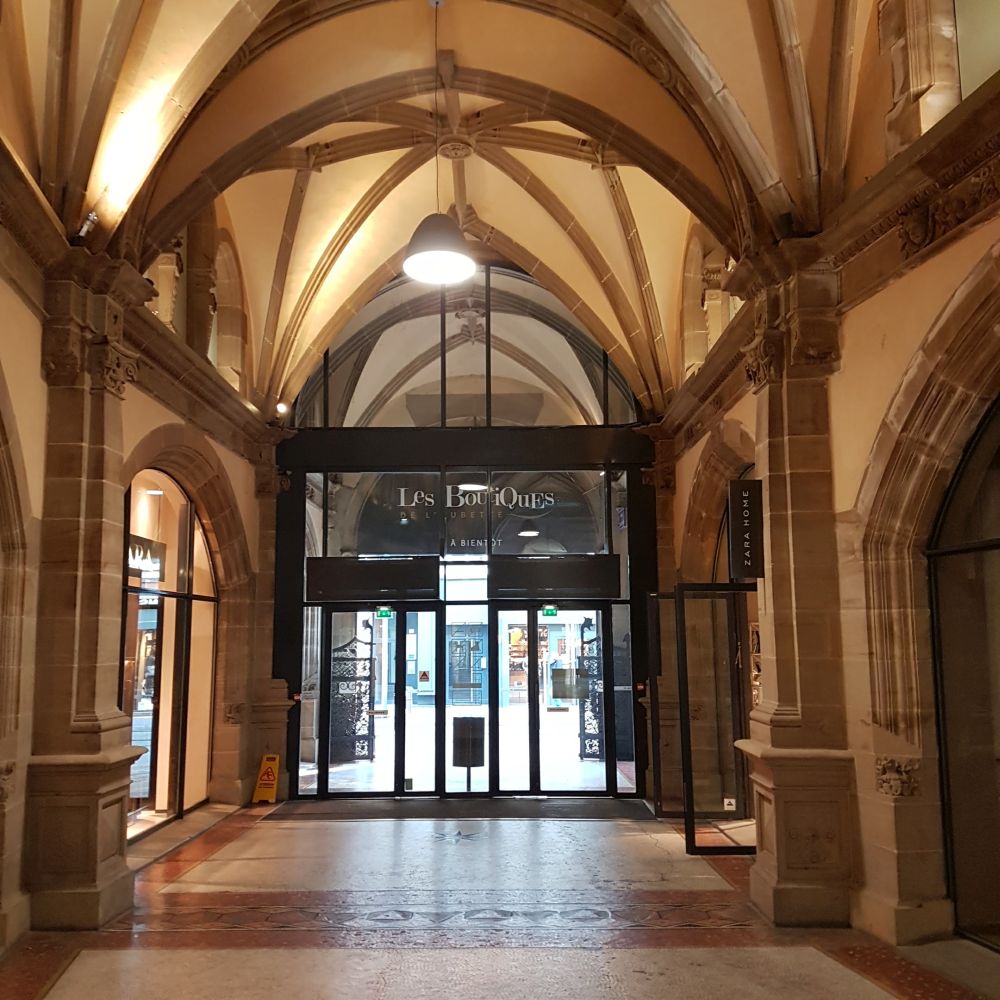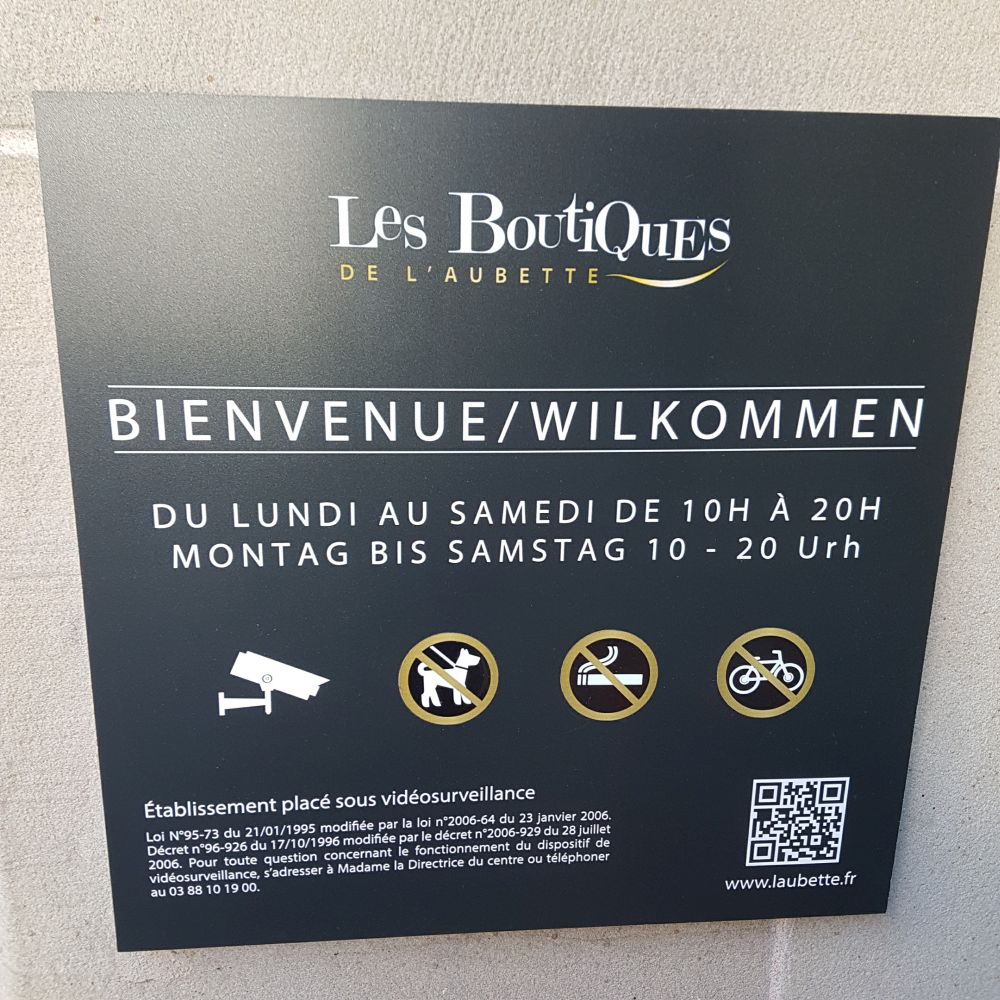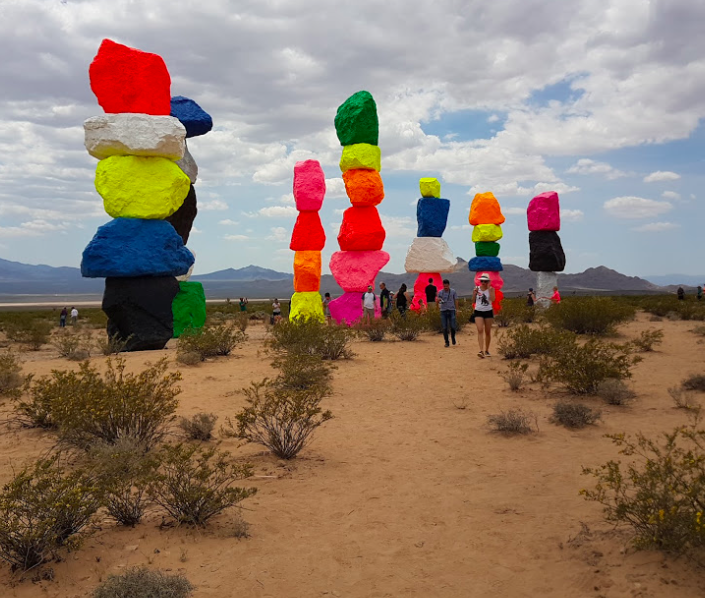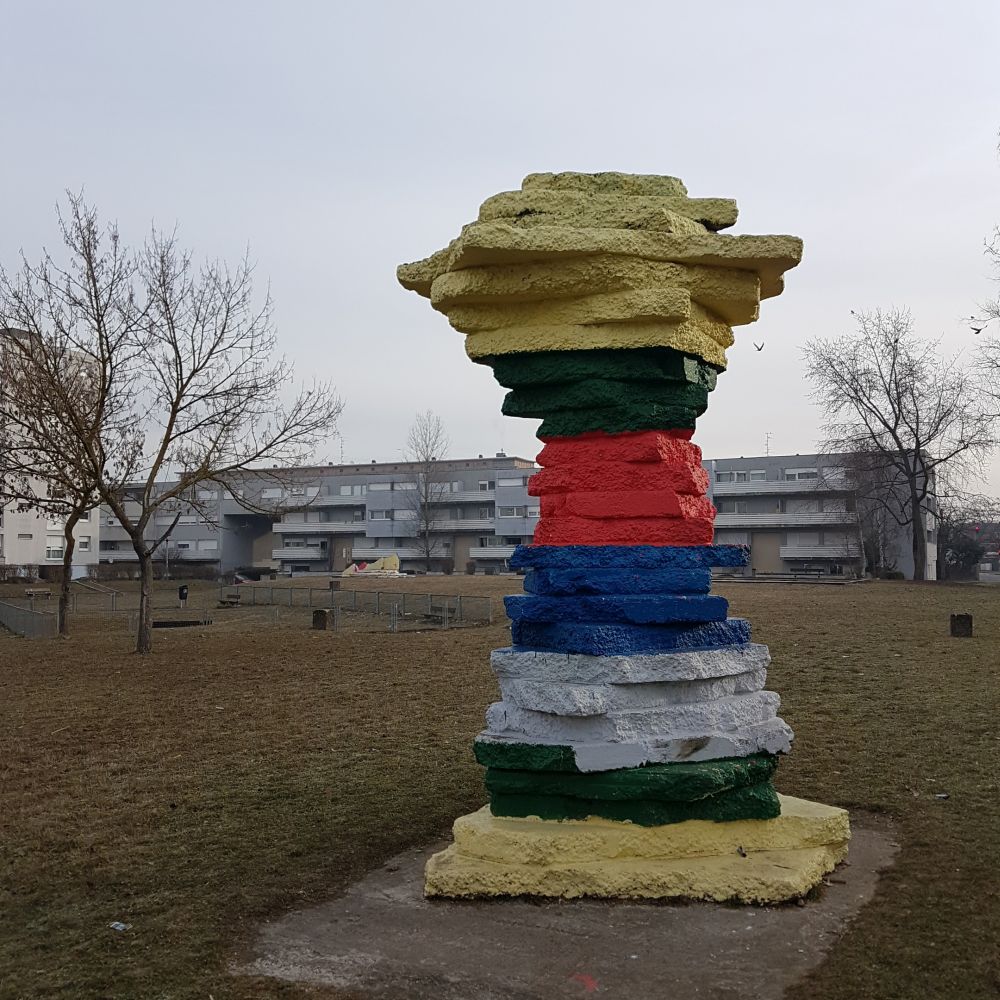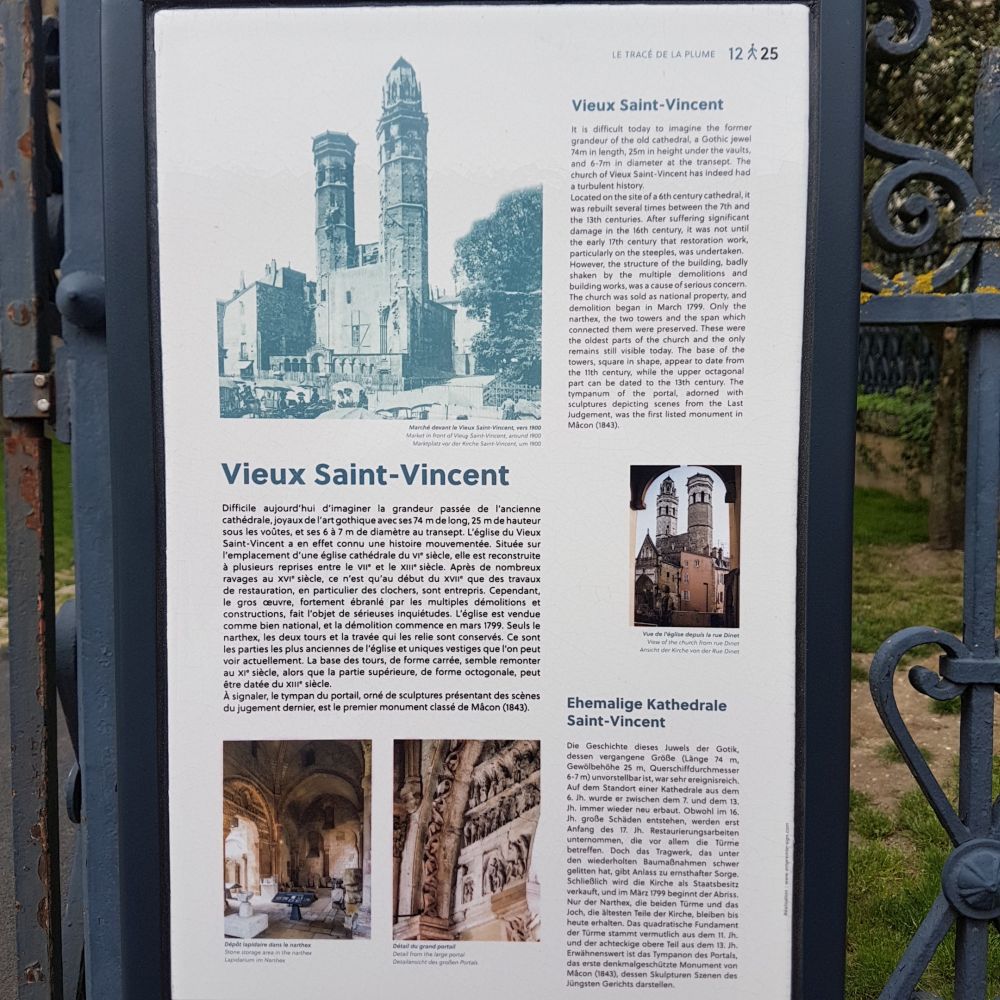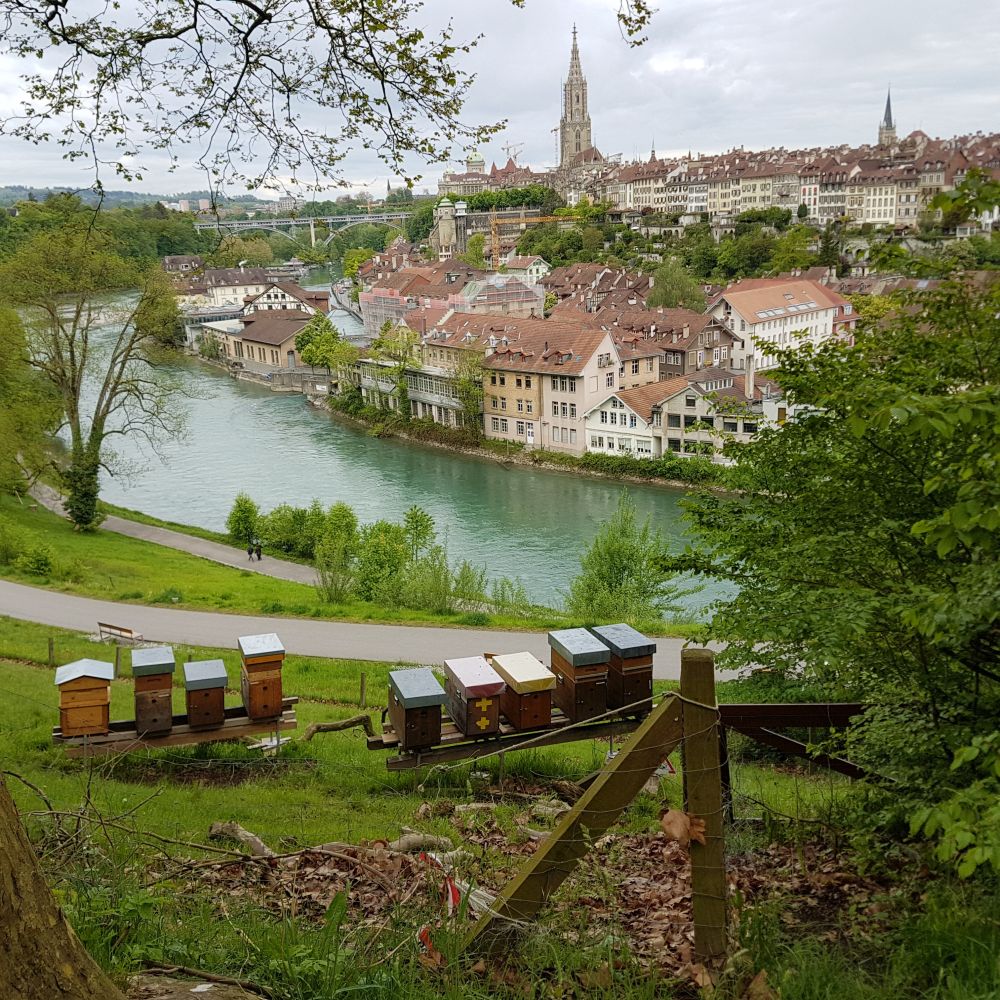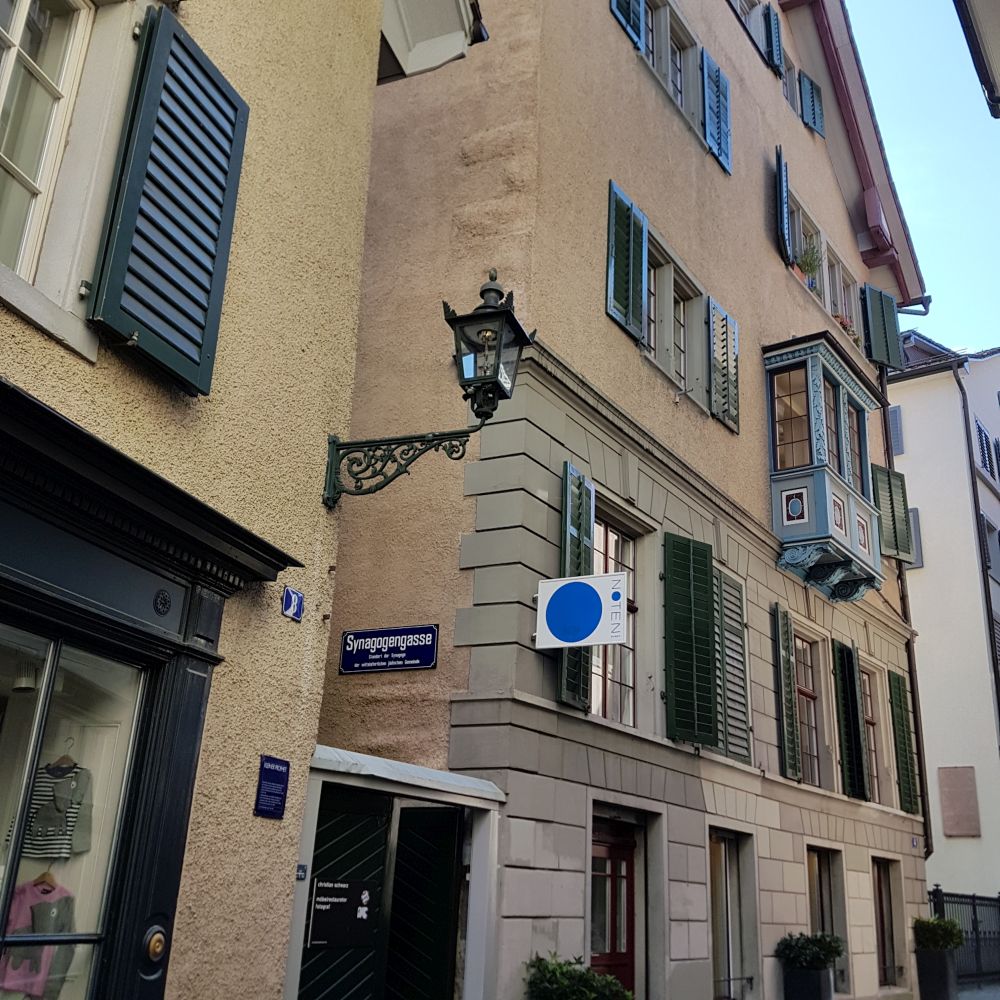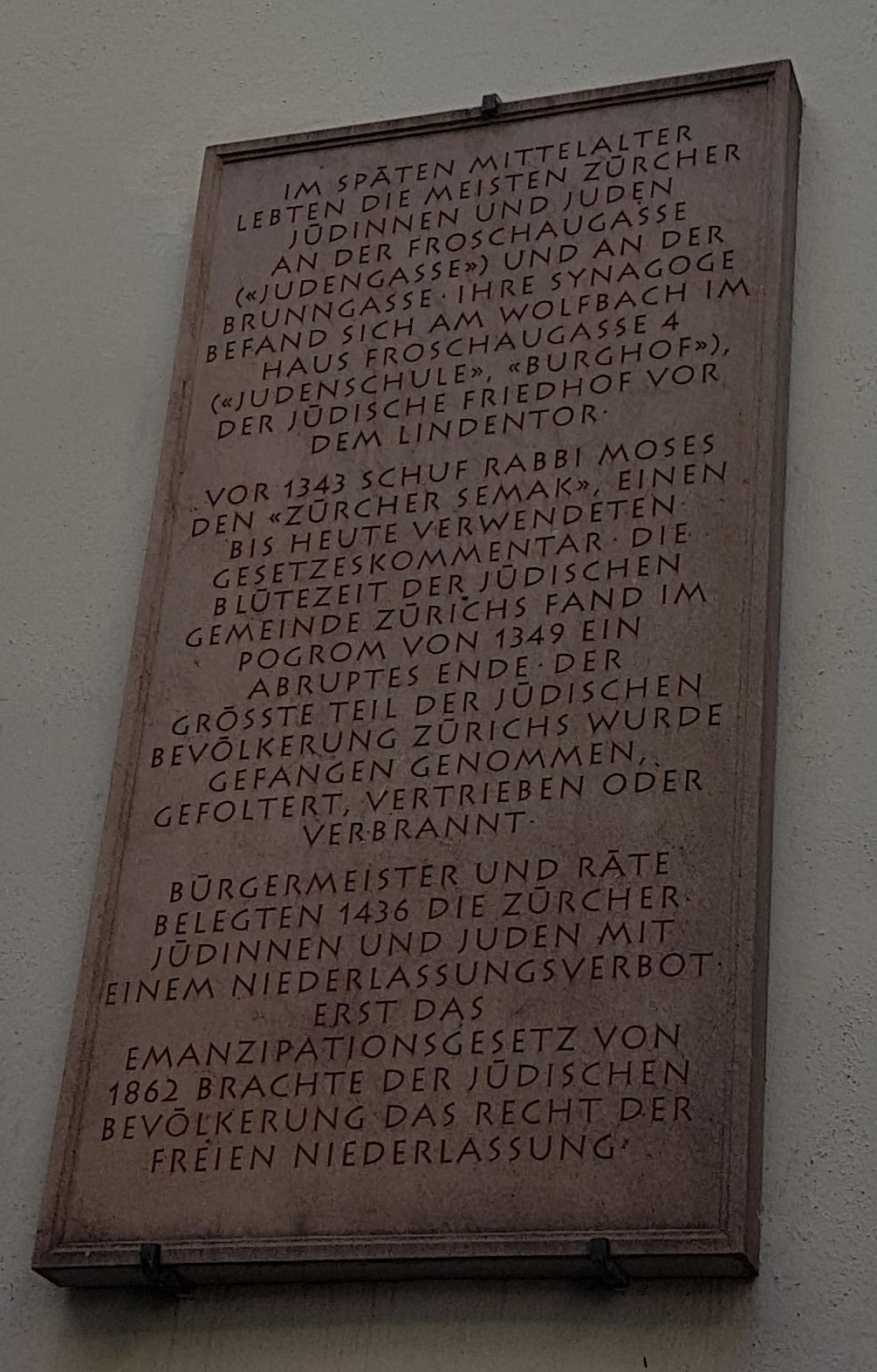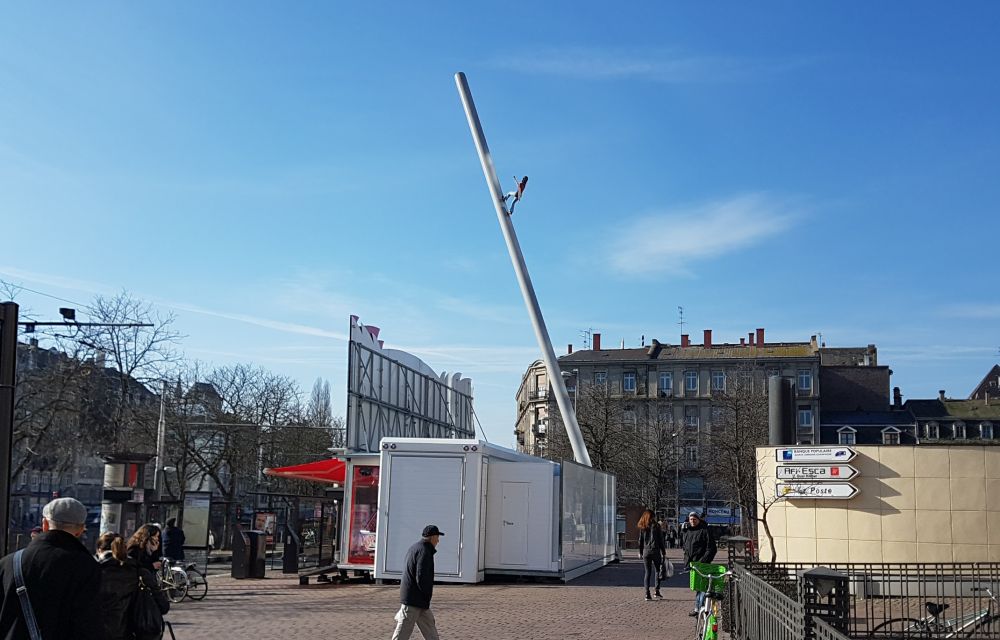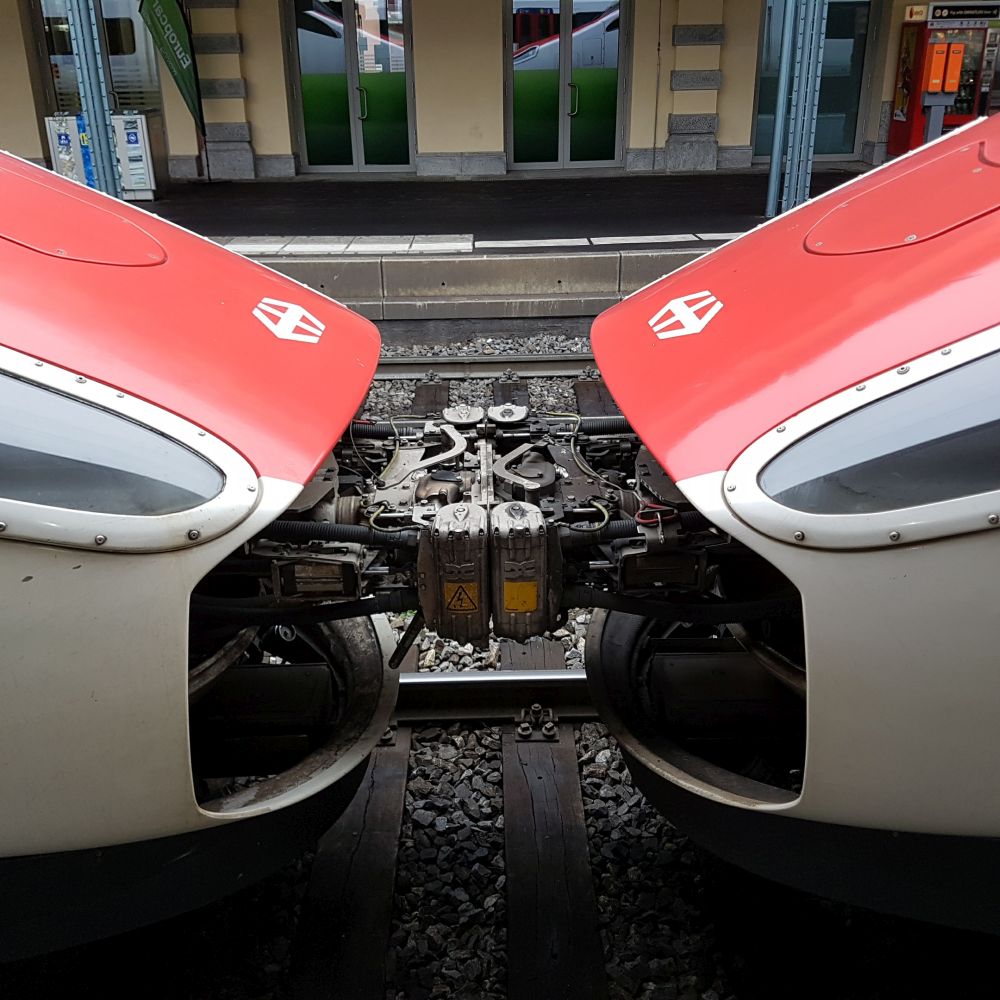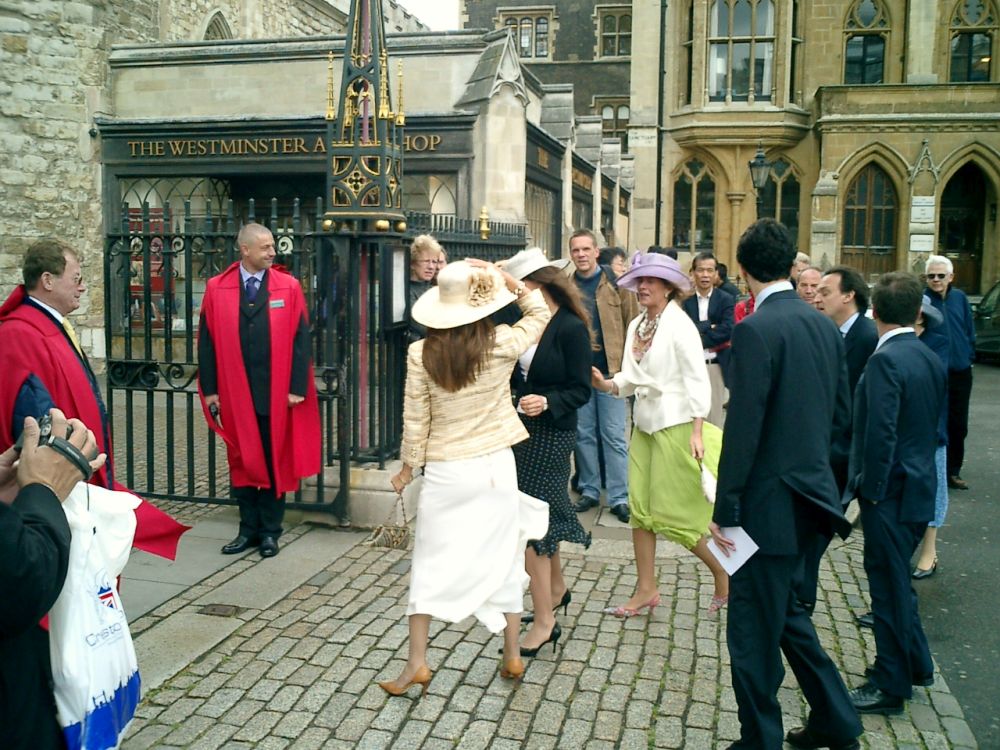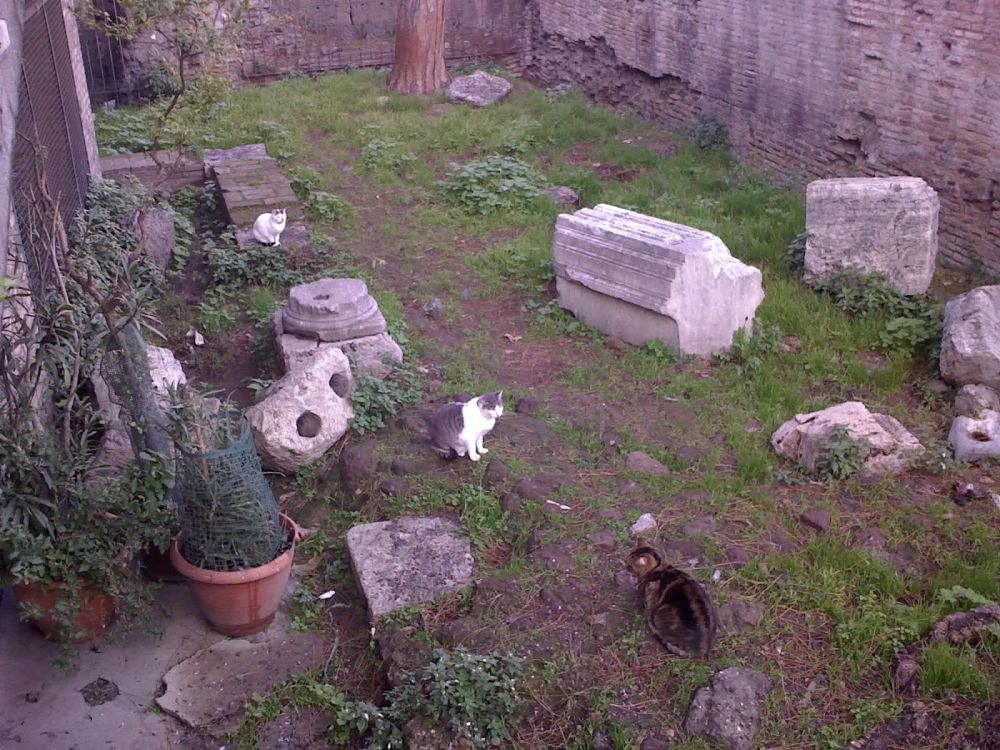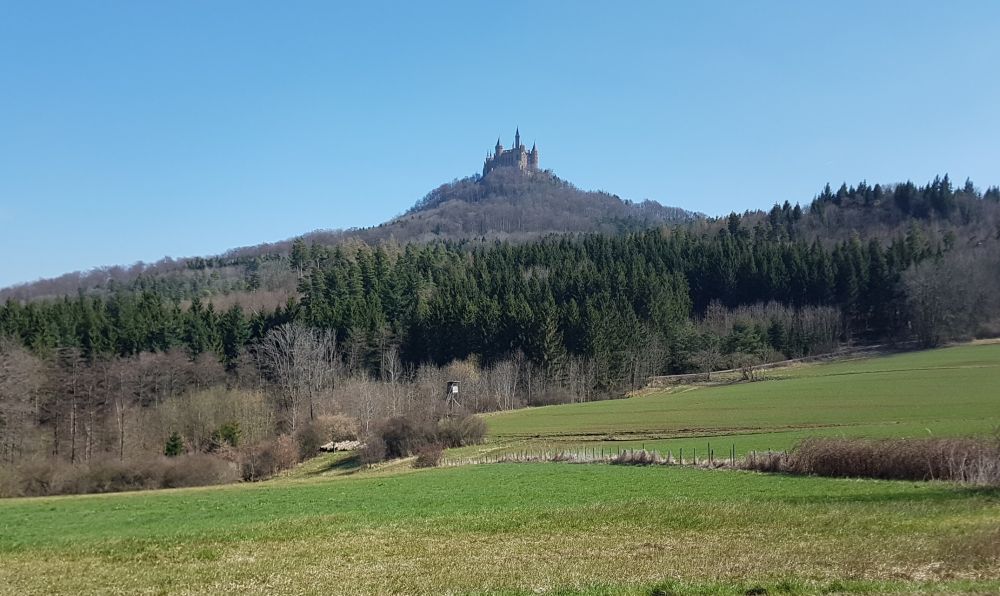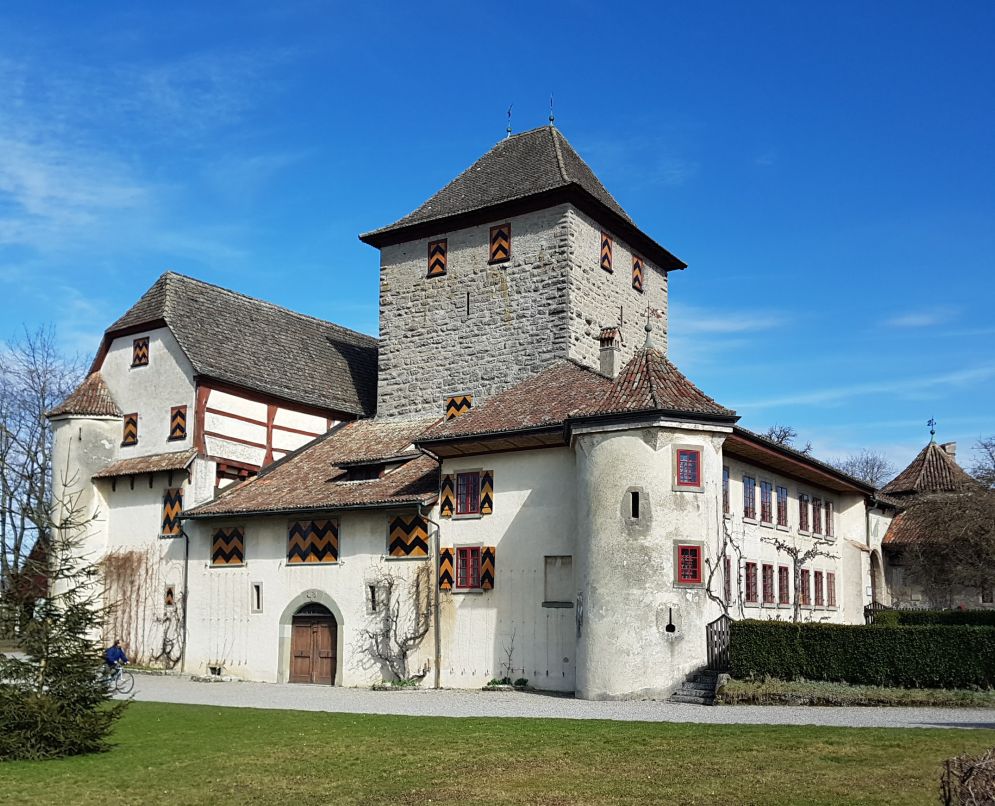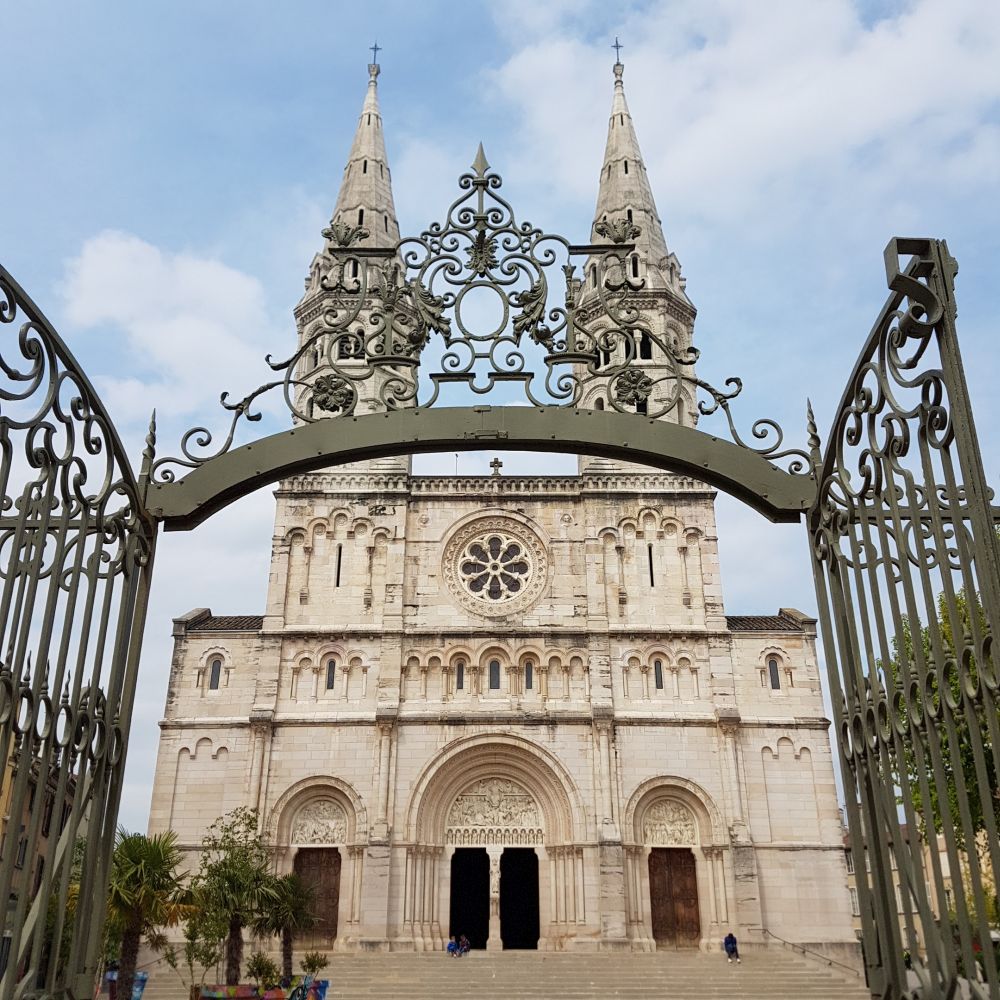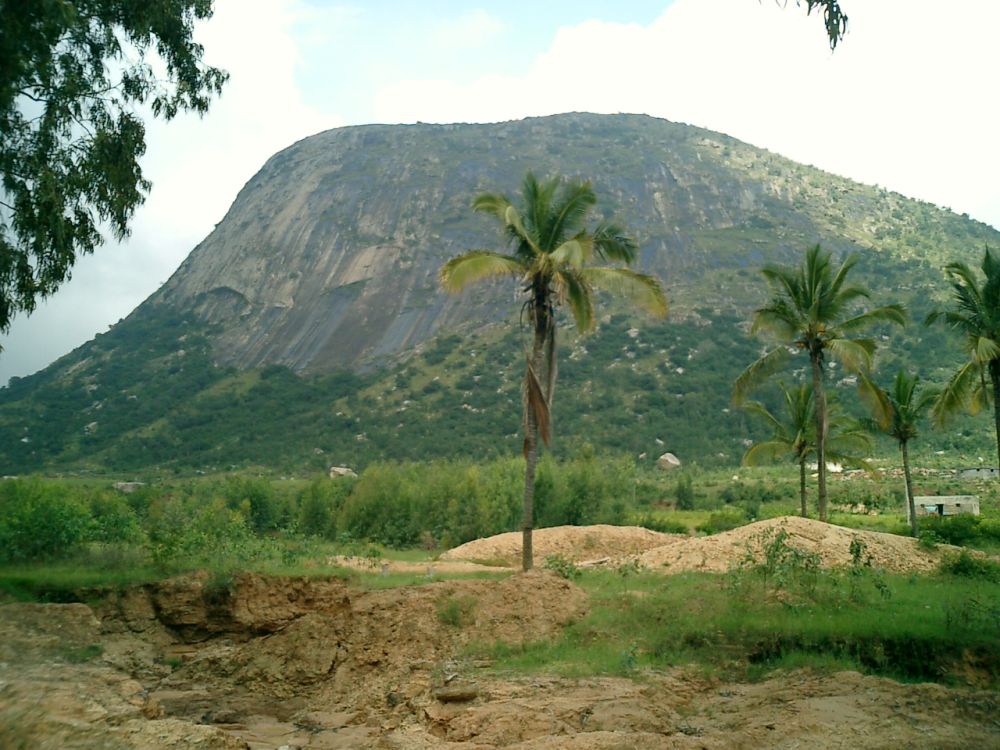I thought this water tower in Troyes, France, was really quite unusual:
Month: May 2017
Bitche – how can you resist a village with a name like that?
While driving aimlessly across Lorraine I stumbled across a road sign pointing to “Bitche” and I could not help but drive out and see this rural French village:
To me it looked like just about any other small French village – pretty, quiet, quaint. But then when my eyeballs caught sight of a massive, massive fortress – my head nearly exploded! This fortress dating back to the 1200’s in this tiny village is almost too huge to really comprehend!
I don’t know exactly how big this “citadel” is . . . but certainly many dozens of football pitches could fit within!
Germans and their Bubbles – 2 of 2
Continuing the series, when I moved to Germany I was surprised at how passionate Germans could be about their bubbles.
This sight of clear glass inspection windows will raise no eyebrows at any petrol station in Germany:
You’like likely to find a big sign with the words Blasenfrei zapfen – which, loosely translated, means: relax, don’t worry. We’ll show you the gas flowing through the line to convince you it contains no bubbles and we are only charging you for gas, not air.
What people have told me: Americans also were concerned about bubbles in their gasoline – and gasoline dispensers in the U.S. had similar means to see the flow of gas. In the U.S., however, this practice seems to have died out in the 1950’s.
Amazing Bern
Tourists come to Switzerland all the time. Zürich is a natural location for tourists to see. And it seems hoards of tourists (particularly from India) flock to Lucerne.
But the real gem of Switzerland is not well known outside of Switzerland – it’s not at all visited by many tourists – and I think the locals prefer it that way.
Probably even writing this blog could land me in jail for breaking a carefully guarded Swiss secret. This photo just shows about one tenth of this incredible UNESCO site:
Interestingly, what I find most exciting about this city is not the city itself but the language that the locals speak. They don’t speak German but rather a very special form of a more advanced, evolved language: Alemanic. In addition to having many features that other languages could only dream about, Alemanic is hundreds of years more “evolved” than German: meaning that subtle changes in vowels and consonants that occur over the generations have yet to occur in German, but are present in modern day Alemanic.
Strasbourg in the fog
Most incredible cathedral so far!
This is the late artist M. C. Escher:
And this is one of his lithographs, from 1955, entitled Convex and Concave:
If you think this complicated and impossible, and if you worry whether seeing something like this in real life could make your brain explode . . . then AT ALL COSTS you should avoid the cathedral Notre-Dame-de-Vaux, located in Chalons-en-Champagne, France:
Why should you avoid this? Because if Escher confuses you, then the inside of this cathedral will make your head explode!
There are plenty of old cathedrals in Europe, but this one is special. It’s on the UNESCO list of world heritage sites. I never took any photographs of the inside . . . but believe me, it has a complexity of architecture that would put Mr. Escher to shame!
Verdun . . . it’s all about the hills
Not a lot of people today know much about Verdun.
Since the 1700’s it was the sight of massive and devastating battles, culminating in the Battle of Verdun in 1916. Around 1 million soldiers were killed in violent combat, at a rate of around 70’000 soldiers per month. In German, it’s known as the Schlacht um Verdun – in my view more fitting, since the word Schlacht is more than just “battle;” also carries the connotation of slaughter.
The question I’ve always wondered about: why? What was so special about Verdun?
I only just found out the answer when I recently visited. Here I am on a hill looking north, at the flat region hundreds of meters lower:
The village of Verdun per se has less to do with the reason for the battles here. Just a few kilometers north of the city of Verdun are hills – high hills – and these hills separate the flat plains in the north from the flat plains in the south. The difference being: the flat plains in the south lead all the way to Paris.
So . . . anyone trying to invade France (such as the Prussians in 1789, or the Germans in 1916) need to cross these hills. Over the years and centuries pre-dating WWI the French fortified these hills, with forts and bunkers and tunnels.
(Although its not visible when you visit Verdun, I have read that, at least in the early 1900’s, the French took a great pride in their possession of Verdun. And that is something that, according to some scholars, the German general Erich von Falkenhayn tried to exploit when he launched his WWI campaign — not strictly to take and control Verdun, but instead to slaughter as many of the French soldiers as he could. There are other scholars who believe this argument was bogus – just his attempt to justify his ineptitude.)
Garbage in Switzerland
After showing how Texans deal with their garbage, I thought it would be fun to show how my apartment building in Switzerland has recently tackled the challenge.
Until a few weeks ago, there were huge containers that we’d throw our garbage bags into:
They were smelly, took up a lot of space, and were an eyesore. It was also a lot of work for the garbage collectors to tip every container into their truck, and to clean up afterwards.
That was a few weeks ago, and this is today:
The garbage is contained in an enormous underground bag. With a key, you can open the lid and toss in your bags.
Now there are no more smells, no more eyesores, and just a single garbage collector can do the job that previously took three – and do it much faster and cleaner! It is emptied by a single operator using a remote controlled crane.
Bubble Architecture – 1
There is probably no such thing as bubble architecture, but that’s the term I use to describe it.
Particularly in France you can find many examples of old, historical buildings that are then protected, modernized, and expanded by encasing them in a glass enclosure. The Gare Centrale of Strasbourg is probably the most famous example – and I’ll post a blog that shows it someday.
And here is another example,
And here is the plaque outside that describes what has now become of the very historical Aubette building, which used to be a military barracks:
Rondinone’s inspiration?
Recently I posted a blog entry about Seven Magic Mountains, a art work in the desert outside of Las Vegas by Swiss artist Ugo Rondinone:
Amazingly, while exploring the Alsatian countryside very close to Switzerland I stumbled across this very similar art work:
Was this the inspiration for Ugo’s work? I guess unless I one day find Ugo and ask him, I may never know!
Middle Age Church – but you can’t go in!
Here is something truly amazing that is rare to find in Europe: a fabulous church dating back to the Middle Ages, the Vieux St. Vincent – and you can look at it, but you can’t go inside!
It dates back to the 7th century, and it’s located in Macon, France – but you can’t go in! It seems to be in a rather poor state, and as far as I could tell there was a renovation effort underway.
The Bees in Bern
Historical Jewry in Zürich
I just finished reading a fabulous history book by Riccardo Calimani entitled “The Venetian Ghetto: the history of a persecuted community.” It makes a single reference on a single page to a Jewish community in the Middle Ages in the city where I live, Zürich. Curious about this neighborhood, I decided to see what I could find.
It seems almost nothing remains of this area of the city, except a single small alley way named Synagogengasse (or Synagog Alley in German)
And a small placque that describes the street I was on (Froschaugasse) was the center of the Jewish community before a series of pograms decimated the community.
Here’s a close-up of the placque:
I have no intention of translating – it’s abominable to think what happened during the Middle Ages and later periods to follow. There’s still so many things about this period of history I just don’t know – but I find it WONDERFUL that with a bit of Internet surfing and an interest in history, you can easily find places like this.
Walk the plank in Strasbourg
Continuing the series, there is an interesting bit of art just outside of the Gare Centrale in Strasbourg, France, that is highly reminiscent of the art in Esslingen am Neckar.
Coupling Trains – 1
How do you couple train wagons together? That’s easy: with a coupler!
Here is a modern automatic coupler in use with the Swiss Federal Railways (Schweizerische Bundesbahnen):
Sadly . . . I don’t know what couplers are called in German, and I really don’t feel motivated to find out.
Also sadly . . . I’m afraid I can’t truly understand the complexity of these couplers. As you can see from the photo there appear to be hundreds of small parts that are exposed to dirt and the weather – but I assume in spite of this, it must be the simplest possible design.
But wonderfully . . . I had the privilege of working for the Schweizerische Bundesbahnen and also being in the cabin of a train when the train driver used one of these automatic couplers. He told me the process is to, quite literally, smash his train into the train to be coupled, being sure to use a maximum speed of less than 1 km / hr. No other effort from the driver is required; the system is 100% automatic.
The older trains use a manual coupling system that requires someone to climb under the train and connect the wagons manually. As time permits I’ll post a photo of that system.
Ladies with fruit bowl hats at Westminster Abbey
I tried to enter Westminster Abbey – without success. The guard informed me the church was closed to the public on that day – and about 5 minutes later a huge entourage of ladies wearing huge hats arrived:
These were not just hats to protect against the rain – these were huge hats that look like that contained whole bowls of fruit on top!
Now, were these royal ladies? Or maybe just the regular meeting of the “fruit bowl hat enthusiast’s club?” I guess I’ll never know. But I do have to say, English ladies do seem to like wearing hats that look like they had huge bowls of fruit on top!
Cats in Rome
Some amazing things you learn after the fact!
When I was visiting Rome I came across a small park, not just filled with Roman ruins, but filled with cats! At the time I thought it was something quite unusual, so I took a picture of it:
What I’ve only just learned is that this park in fact is quite famous. And that it houses not just the few cats I photographed, here, but in fact over 100 cats! You can read more about it here.
Amazing rainbow in Winterthur
Yesterday I saw a rainbow from my apartment. It started out quite faint, then just kept growing and growing in intensity, so I finally took a picture before it disappeared:
Rainbows are actually more complicated than most people realize, with many more optical effects that just the pretty colors. You can read more about it here.
Schwabian Castle
The German language (or its more evolved cousin, Alemanic) is amazing!
Just as eskimos have many words for snow, so too do Germans have many words for castles. A Schloss is a fancier castle (think Mar-a-Lago), and a Burg is a more defensive one (Camp David).
A familiar sight to just about anyone who’s lived in Southern Germany is the Burg Hohenzollern:
It dates back to the 1400’s, and while it is not the castle that Disneyland’s castle was based, it isn’t far off.
Schloss Hegi
Just around the corner from where I live sits a really unusual Swiss castle, Schloss Hegi.
What’s so remarkable about it is that it sits alone, in almost total isolation from anything nearby. Many castles were built for defense purposes and therefore sit high on a hill or surrounded by forests – but not this castle. It is quite remote and in a totally flat area.
But that’s not all, it’s incredible age: there are records of this place that date back to the year 1225!
Dubai Dates
Dubai is just incredible!
For the people like me who visit in August, when the temperature is around 120 F or 48 C, a real treat is taking long walks outside, where date palms can be found just about anywhere. Many of them are quite short, so you can reach up and (if they are ripe) eat the dates right off the trees!
Église Saint-Pierre de Mâcon
Although it looks quite old, this church in Macon was constructed in the 1800’s, which is probably why it is one of the few to be perfectly aligned with the Hotel de Ville, as shown here:
Cleveland and my Dad’s Uncle Eddy
I grew up in the Cleveland area during the 1970’s. Some of my fondest memories of that time are of the school field trips I’d take to downtown Cleveland. They were exciting because it meant travelling to a magical area with dark skies and intense smells.
The dark skies, of course, were caused by the tons of pollution spit out by the many steel mills. And the intense smells were from the steel mills or the chemical factories. The Cuyahoga River was an intense chalky bright blue-white from all the dissolved chemicals, and Lake Erie was devoid of any fish.
This was years before the U.S. Environmental Protection Agency, and you could watch nice television commercials with an old Indian in a canoe crying when his canoe got stuck in the river trash.
Anyway, the mills were all shut down, and toxic areas are now high tech business parks filled with high tech people working at high tech companies.
Not everyone was so lucky to move on with the times. A good friend of the family (my Dad calls him Uncle Eddy) was one of the not-so-lucky-ones – and you can read about his dialogs with my Dad here.
Your basic everyday transport of the gods
This is Nandi, a bull so famous in India that he hardly requires any explanation:
If you drill down to its absolute simplest form, the Lord Shiva rode Nandi – but of course like just about everything in Hinduism, the real story is really, really, really complicated!
And these are the hills north of Bangalore that are named after him, the so-called Nandi Hills:
What’s amazing is that the Nandi Hills are around 60 km north of Bangalore – but on a clear day, from a tall building in Bangalore, you can see them!
Clear skies over Mount Fuji
I don’t know if this is a story they tell to tourists or if it is really true, but when I visited Mt. Fuji in Japan, they said it was a truly amazing day: the mountain spends 95% of its time covered in fog and clouds, and it is almost never see with clear skies.
Well, true or not, it is a pretty impressive sight!
